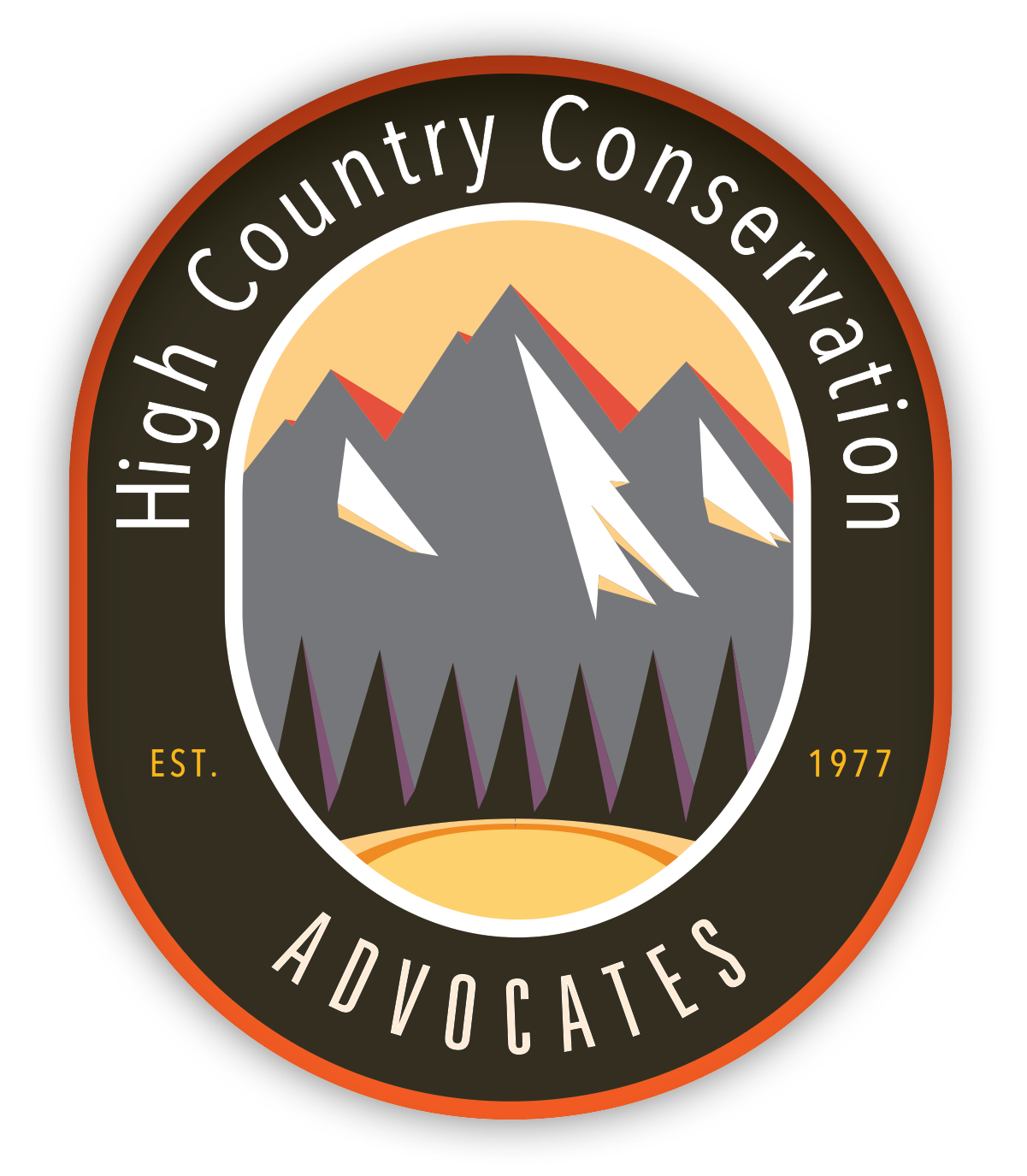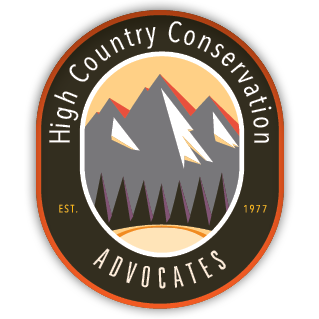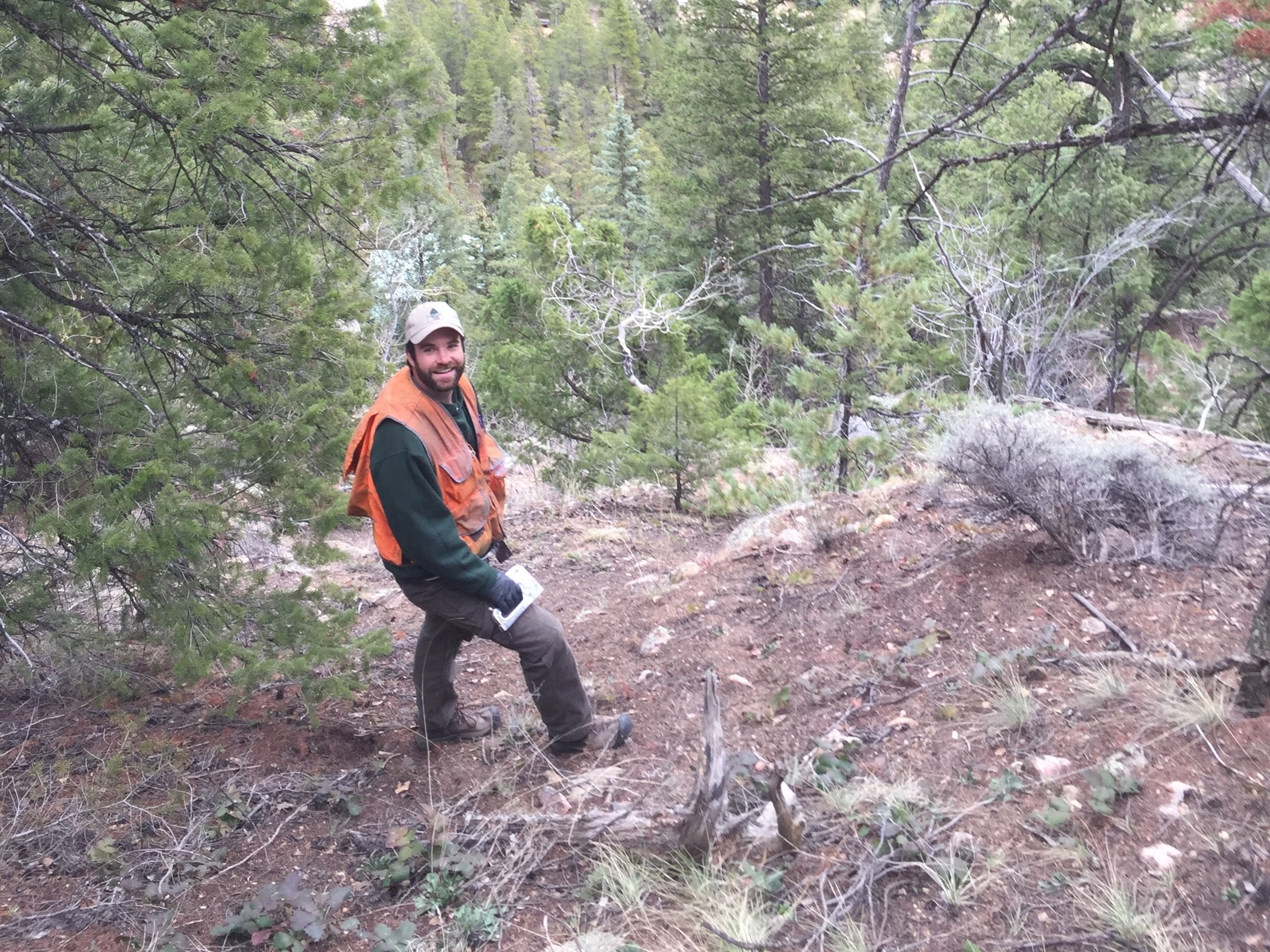Join High Country Conservation Advocates (HCCA) and the Colorado State Forest Service (CSFS) to actively protect threatened Douglas-fir forests in the Upper Gunnison Basin.
HCCA is partnering with CSFS to host two back-to-back forest resiliency events. Volunteers will learn about climate adaptive forest management practices to resist pressures induced by climate changes.
The goal of this project is to reduce losses of old-aged Douglas-fir to bark beetle mortality.
When: Wednesday, May 17th at 8:30am - 4:30pm
Where: CR-25 (Lake Fork of the Gunnison River)
Parking: Volunteers will meet at the parking area on Highway 149 just south of the ‘Lake City’ bridge over Blue Mesa Reservoir.
What: Volunteers will assist CSFS staff in hanging pheromone packets on Douglas-fir trees. These packets contain Methylcyclohexanone (MCH) that disrupts the attraction of incoming Douglas-fir beetles and can be used to reduce attacks on Douglas-fir trees. No experience is necessary.
Why: The Douglas-fir beetle is the most destructive bark beetle of mature Douglas-fir forests in western North America. By protecting these native trees, volunteers would help increase the health and resiliency of the forests in the Gunnison Basin.
Volunteers will learn about cross-sector collaboration, forest and beetle ecology, and how the CSFS is actively managing forest resources to ensure healthy, resilient forests for present and future generations.
Here are a few things you should know:
Bring a water bottle & weather-appropriate clothes/gear (boots, layers, rain gear, hat, sunscreen, bug spray, etc.)
We provide work gloves and tools
Please note that there are no bathroom facilities on site
We recommend bringing a small pack to carry anything you may need (water, snacks, bug spray, extra clothes)
You may wish to bring binoculars or a camera. The Dougals-fir stands we will be working in exist in transition zones from sagebrush ecosystems to upland forests, creating vibrant wildlife habitat.


